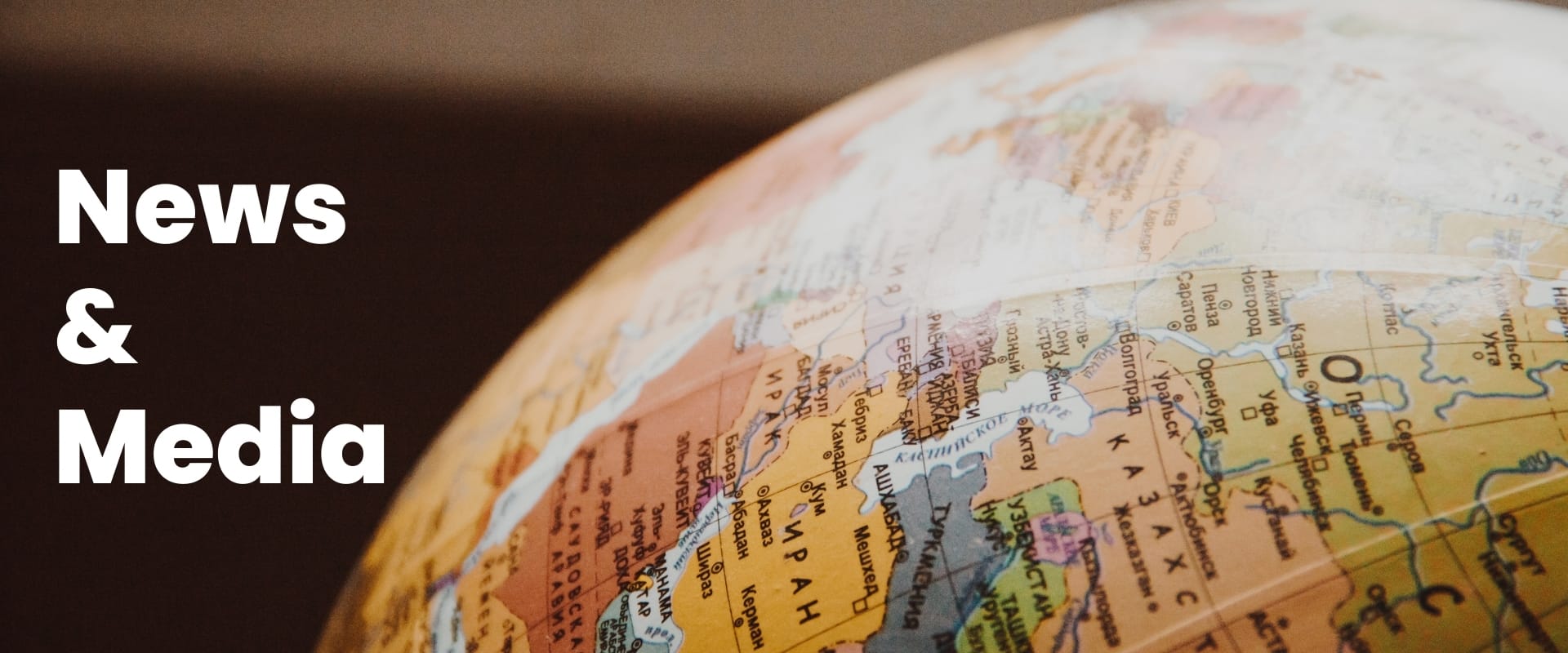If you’re preparing for SSB, you already know it’s more than facts and answers. The assessors observe how you carry yourself, listen, respond, and work with a team. That’s where the importance of body language in SSB interview becomes crystal clear. In this friendly guide, we’ll show you exactly what to do—step by step—so you look confident, calm, and authentic.
At Defence Dreamers, we keep training simple, supportive, and practical. No heavy jargon—just habits you can start today.
Why body language matters at SSB
SSB is a holistic assessment. Your words show knowledge; your non-verbal cues reveal character. The importance of body language in SSB interview is that it silently communicates confidence, respect, and teamwork—often before you say a single word. Good posture, steady eye contact, clear gestures, and a relaxed face tell the board: “This candidate is reliable under pressure.”
First impressions: the 7-second window
You don’t get a second chance at the first impression. From the walk-in to the greeting, those few seconds set the tone. That’s why many mentors stress the importance of body language in SSB interview during your entry: a calm pace, chin level, shoulders back, gentle smile, and a polite “Good morning/afternoon, Ma’am/Sir.”
Posture: strength without stiffness
Stand tall, weight balanced on both feet.
Sit with your back supported, feet flat, shoulders relaxed.
Avoid slouching or leaning too far forward/back.
A stable posture signals the importance of body language in SSB interview because it shows inner discipline without looking rigid or arrogant.
Eye contact: steady, not staring
Make brief, natural eye contact with the speaker, then look away gently.
In group tasks, share eye contact across teammates.
Avoid darting eyes or fixed staring.
Balanced eye contact reinforces the importance of body language in SSB interview by projecting honesty and attention.
Hands & gestures: clarity in motion
Keep hands above the table (if seated) and use small, open-palmed gestures.
Avoid fidgeting with pens, watches, or sleeves.
When explaining, gesture to count points (one, two, three) for structure.
This practical control reflects the importance of body language in SSB interview—your gestures help your thoughts look organised.
Face & expressions: calm is your superpower
Rest your face softly; avoid tension around the jaw and forehead.
Smile naturally when greeting or agreeing; don’t force it.
If confused, keep a neutral, attentive look; ask for clarification politely.
A composed expression under pressure highlights the importance of body language in SSB interview better than any speech about “being calm.”
Voice: rate, tone, and pauses
Even though voice is verbal, how you deliver it is non-verbal in feel.
Speak a bit slower than normal when nervous.
Keep a medium volume; don’t shout or whisper.
Use pauses to breathe and think.
This delivery style underlines the importance of body language in SSB interview because it shows control and respect for listeners.
Sitting etiquette in the Interview
Wait to be asked to sit; sit smoothly, not heavily.
Keep a slight forward lean (interest) without invading space.
Place your file neatly; don’t shuffle papers.
These small courtesies demonstrate the importance of body language in SSB interview in practical, everyday ways.
Group Discussion (GD): leading without dominating
Enter early with a crisp, neutral opening (30–45 seconds).
Use hand gestures to invite quieter members: “Let’s hear X’s view.”
Nod while listening; don’t cut others mid-sentence.
Your behaviour in GD proves the importance of body language in SSB interview: leadership is visible in how you include people, not how loudly you speak.
GTO tasks: teamwork you can see
During briefings, face the group, not just the assessor.
Use short, clear hand signals to coordinate movement.
When someone suggests a plan, acknowledge it physically (nod, “Okay”) before refining.
This visible cooperation broadcasts the importance of body language in SSB interview: mission-first, ego-last.
PI (Personal Interview): honesty you can feel
When you don’t know, say so with a steady tone and relaxed face.
Keep your chin level; don’t look down or away for long.
Match your gestures to your story—small, controlled, and consistent.
Assessors quickly sense authenticity; that’s the real importance of body language in SSB interview—it aligns your words with your character.
Common body language mistakes (and quick fixes)
Foot-tapping/fidgeting → Plant feet flat; interlock fingers lightly on the table.
Crossed arms → Open posture; keep forearms relaxed on the table.
Over-smiling → Smile at starts/agreements; keep a neutral, attentive face otherwise.
Monotone or rushed speech → Slow down; add short pauses.
Interrupting → Raise a hand slightly, wait for a gap, then speak.
Avoiding these helps you reflect the importance of body language in SSB interview in every minute you’re observed.
One-week body language booster (doable plan)
Day 1–2: Posture & Walk
5-minute wall drill: stand with heels, hips, shoulders, head touching the wall.
10-step entry practice: walk in, pause, greet, sit.
Day 3–4: Hands & Eye Contact
Record a 60-second talk; check fidgets, gesture size, eye contact.
Practise counting points on fingers (1–2–3) while speaking.
Day 5: Voice & Pauses
Read a paragraph aloud; mark pause points.
Repeat with 10% slower speed; aim for clarity, not drama.
Day 6: GD Simulation
10-minute GD with friends; invite a quieter person twice.
Give one crisp summary at the end.
Day 7: Interview Drill
10 Q&A with a mentor/friend.
Practise “I don’t know, but I’d learn this way…” with steady posture.
Follow this for seven days and you’ll feel the importance of body language in SSB interview turn into a habit you can trust.
Micro-habits that compound fast
Two deep breaths before speaking.
Name + nod when responding to a teammate’s point.
Chin level check whenever you enter a room.
Pen down during others’ talk to prevent fidgeting.
Tiny habits deliver big returns on the importance of body language in SSB interview because they keep you consistent all day.
Quick checklist before any SSB room
Shoes clean, shirt tucked, file organised.
Shoulders relaxed, jaw soft, natural smile.
Greet first; wait to be seated.
Sit tall; hands visible; eyes attentive.
This is your 30-second ritual to honour the importance of body language in SSB interview every single time.
FAQs
Q1: I feel nervous—won’t it show?
A little nervousness is normal. Breathe, slow your rate, keep posture steady. The board values composure, not perfection—another reason the importance of body language in SSB interview is about control, not acting.
Q2: How can introverts stand out?
Prepare concise points; speak early once; invite others politely. Your clear structure and respectful tone will highlight the importance of body language in SSB interview without needing to be loud.
Q3: What if I disagree in GD?
Acknowledge first (“I see your point”), then add your view calmly. Open palms and a steady tone show respect—proving the importance of body language in SSB interview even during conflict.
Q4: Can I practise alone?
Yes—mirror practice, phone recordings, and timed mock entries. Solo drills turn the importance of body language in SSB interview into daily muscle memory.
How Defence Dreamers trains your body language (the friendly way)
At Defence Dreamers, we build the importance of body language in SSB interview into every session:
Entry & seat drills before mock PI and GD.
Video feedback loops to remove fidgets and slouching.
Role-rotation GDs so you practise leading, summarising, and facilitating.
GTO-style coordination cues (hand signals, brief-breathe-execute).
Kind, specific debriefs focused on small, repeatable improvements.
You’ll leave each session knowing exactly what to do next time.
Final recap (short & sharp)
Stand tall, walk calm, greet warmly.
Eye contact steady, gestures small, voice measured.
In GD/GTO, include teammates; in PI, be honest and composed.
Practise micro-habits daily; review on video when possible.
Do this, and you’ll show the board the importance of body language in SSB interview—not just talk about it.
If you want guided practice with real-time feedback, visit Defence Dreamers. Sit for a trial, feel the process, and watch your presence upgrade in days.




























